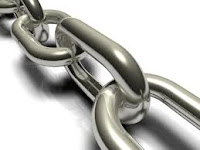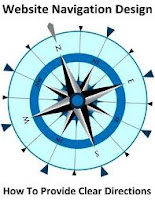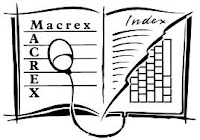 |
| Internal Linking Structure |
A website’s internal linking structure is a crucial part of the overall SEO strategy. Whether it is the end user or the search engines, it is important to optimize a site’s internal structure for maximizing the benefits. If you plan to obtain high rankings in search engines, you need to effectively plan your website’s internal linking structure, also termed as a website’s navigational structure or site architecture. The inner structure of the site must be planned adhering to the usability guidelines as well as the best search engine optimization practices.
Given below are 8 important tips to help you plan an inner structure which conforms to both usability guidelines and SEO.






